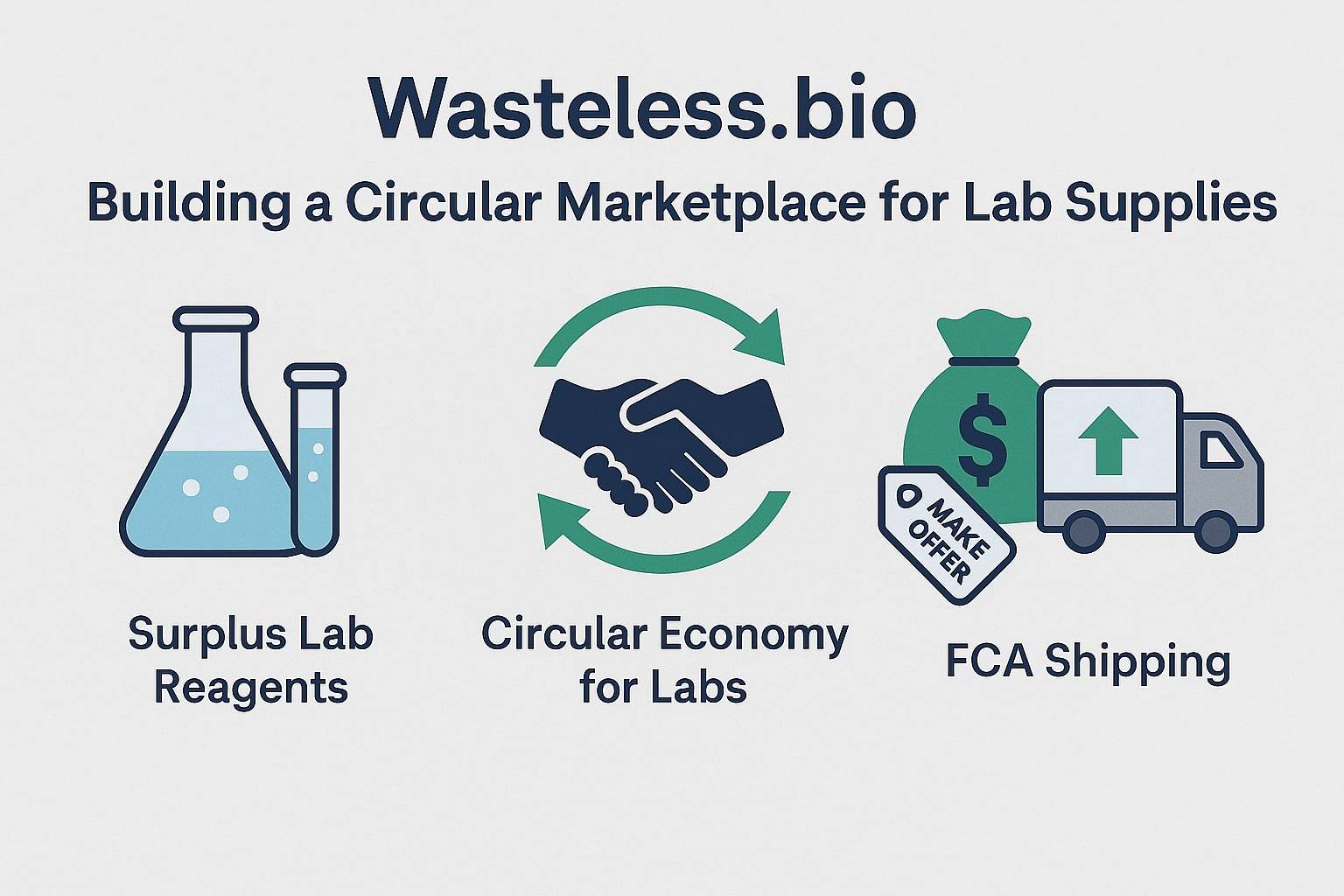Are you looking to become a more effective leader in today’s fast-paced business world? Look no further than Agile Leadership Training. Agile leaders can adapt with ease to changing circumstances while empowering their team members to do the same.
In this article, we’ll explore the many benefits of this leadership training and know if it’s right for you. We’ll discuss how it can help leaders develop skills in risk management, coaching, strategic thinking, and more.
So, read on to learn how Agile Leadership Training can help you and your team succeed.
What Is Agile Leadership Training?
Agile leadership training is a type of training that helps leaders become more flexible and adaptable in their work. It’s based on a method called “agile” which manages projects and teams. It emphasizes collaboration, iterative work, and continuous improvement.
This training aims to teach how to break down large projects into smaller pieces. It can also help them focus on more important tasks and communicate better with their team. They will know how to give and receive feedback, collaborate, and be more adaptable.
How Does It Work?
Agile leadership training involves a combination of workshops, coaching, and hands-on practice. Here, participants will learn to apply agile framework principles to their leadership style.
They will also discover specific tools and techniques to make them become a better leader.
Benefits of Agile Leadership Training
Agile leadership training has many benefits for both leaders and their teams. Here are a few:
Improved Collaboration
Agile leadership training highlights the importance of collaboration between leaders and team members. The leaders learn how to create an environment to make members feel more comfortable. An environment that fosters open communication, active listening, and transparency.
When team members are more comfortable, sharing ideas, feedback, and concerns with their leaders is easier. Good collaboration will lead to better communication and understanding between the two parties.
This training also teaches how to prioritize work and better resource management. This enables leaders to create more efficient workflows.
Efficient collaboration between leaders and teams leads to better outcomes for their projects. For instance, they can identify and resolve issues at a faster rate. This can help develop new ideas and solutions and make more informed decisions. It increases productivity, improves the quality of work, and enhances team morale.
Increased Adaptability
Agile leadership training aims to help leaders become more adaptable and flexible. They become quick and effective in responding to market or organizational changes. Rigid plans and processes do not easily bog them down.
One key aspect of this training is to break down large projects into more manageable tasks. This enables leaders to be more agile and quick to respond to changes.
For example, agile leaders should be quick to turn their team’s focus on a new market opportunity. This will prevent them from wasting time on unnecessary tasks.
Another essential part of the training is prioritizing work and effective resource management. This enables leaders to put resources where they are most needed.
Learning this can help them respond faster to changes in the market or in their organization. For instance, an agile leader is quick to change their team’s priority when a crisis arises. They are fast at addressing the crisis to reduce its impact.
Better Decision-making
Agile leaders need to be quick decision-makers. The training helps leaders learn how to be quick at gathering information and making decisions based on that information. This can help teams stay on track and meet their goals.
Moreover, agile leadership training emphasizes the importance of making data-driven decisions. Leaders who are effective in gathering and analyzing data are better equipped to make informed decisions. This will benefit their team and organization.
Another benefit of this training is that it helps leaders develop critical thinking. Critical thinking is essential for leaders to make complex decisions in a fast-paced environment. By improving this skill, they can better spot potential problems and find innovative solutions.
More Engaged Team Members
This leadership training is a type of training that teaches leaders how to empower their team members to take ownership of their work. The leaders will learn to encourage their team members to take responsibility for their tasks. This will result in more input into the decision-making process.
Empowering team members can be beneficial for the team and the organization. When team members feel they have ownership over their work, they become more engaged and motivated.
They are more likely to take the initiative and go above and beyond what is required of them. This can result in higher productivity and better outcomes for the organization.
Improved Outcomes
Agile leadership training helps leaders become more effective in managing projects and teams. By using the agile method, leaders can create more efficient workflows. This will allow them to achieve better results.
One of the primary benefits of the training is that it helps leaders to break down complex projects into simpler, more manageable tasks. This approach makes it easier for teams to stay focused and on track, which can lead to better outcomes. Using the agile method, teams become quick to adapt to changes. They become fast in responding to new challenges as they arise.
One part of the training that can benefit leaders most is the agile leadership mission command. This emphasizes the importance of giving team members the autonomy to make decisions.
It also promotes that members should take ownership of their work. While allowing this, the leader would still provide guidance and support when needed.
Another important aspect of the leadership training is effective communication. Leaders are trained to communicate regularly and clearly with their team members. They will also learn to encourage open and honest feedback within the team. This approach helps ensure that everyone on the team is on the same page, leading to more efficient workflows and better outcomes.
Also, the training teaches leaders how to prioritize tasks and divide resources effectively. This approach helps to ensure that teams are working on the most important tasks and are using their time and resources efficiently. By doing so, teams can achieve better outcomes and complete projects on time and within budget.
Signs You Need Agile Leadership Training
Traditional leadership approaches may not always be effective in today’s fast-paced business environment. So, these are some signs to know if your team needs agile leadership training:
Your Team Is Not Working Together Well
Lack of collaboration is a situation where people or groups are not working together effectively towards a common goal. It often happens when there is poor communication, lack of trust, or unclear roles and responsibilities. In the workplace, a lack of collaboration can lead to missed deadlines, poor-quality work, and decreased morale.
For example, imagine a team working on a project. If team members are not communicating with each other, they may not know what others are working on or what is expected of them. This can lead to duplication of effort or work not aligned with the overall project goals.
If team members lack trust, they may not feel comfortable sharing ideas or asking for help. These feelings may lead to missed opportunities for innovation and improvement.
Additionally, if roles and responsibilities are not clearly defined, team members may not know what they should do. This can lead to more confusion and delays.
Your Team Displays Poor Judgement
Poor decision-making is where a group or individual makes choices that result in negative outcomes. Sometimes, it also causes outcomes that are not in line with their goals or values.
A variety of factors can cause poor decision-making. This includes incomplete information, bias, lack of expertise, and not considering all options.
An example of a poor decision is when a business invests a large amount of money into a new product. It can be a big risk if they do not conduct market research first. They may find out later that there is no demand for the product, so all the efforts and resources spent on developing it go to waste.
Likewise, a sports team may also make poor decisions if they choose players based on personal biases over skills and performance. This may affect the team’s performance and could even cause them to lose their matches.
Poor decision-making can have serious consequences, both for individuals and organizations. It can lead to financial loss, damage to reputation, and even harm to individuals or the environment.
Your Team Shows Inflexibility
Inflexibility is an inability or unwillingness to change or adjust plans when things suddenly change. When this happens to an organization, it may lead to missed opportunities, stagnation, and a failure to meet goals or objectives.
Inflexibility can manifest in different ways. For example, an individual may resist trying new approaches, even when the old ones are ineffective. A team may cling to established processes or routines, even when they no longer make sense in the current context. An organization may be slow to adapt to changes in the market or industry or resist changes in leadership or structure.
Inflexibility can be problematic because it can lead to missed opportunities or the failure to meet goals or objectives. For example, a company that is slow to adapt to changes in the market may miss out on opportunities to grow or expand.
A team that is rigid in its approach may struggle to solve complex problems or respond to changing circumstances. An inflexible individual may struggle to build relationships or collaborate effectively with others.
Your Team Lacks Accountability
Lack of accountability is a common problem in different areas of life. It can happen in school, work, and personal relationships. People who are not accountable do not take responsibility for their actions and may not follow through on their commitments. This can cause problems, leading to missed deadlines, low-quality work, and a lack of trust among team members.
In a workplace setting, a lack of accountability can result in a culture where employees do not take ownership of their work. This can lead to a lack of motivation, missed opportunities, and a lack of progress on significant projects.
Also, without it, there may be no way to measure performance, track progress, or identify areas for improvement. As a result, it can be difficult to make informed decisions or develop strategies for the future.
Your Team Is Not Efficient in Product Delivery
Slow product delivery refers to when a company takes a long time to produce and deliver its products or services to customers. This can happen due to inefficient processes, lack of resources, or poor communication within the company.
Slow product delivery can lead to dissatisfied customers who may choose to buy from competitors. Ultimately, it can hurt the company’s revenue and reputation.
One common cause of slow product delivery is ineffective planning and organization. When a company does not have clear goals and timelines for production, it will not be easy to prioritize tasks and allocate resources. This can result in delays, mistakes, and slower product delivery.
Inadequate communication and collaboration within the company also contribute to slow product delivery. If different departments do not work together effectively, information gets lost or misinterpreted. The inefficient flow of information can lead to delays in the production process.
Furthermore, a company may experience slow product delivery if it does not have the necessary resources. The right equipment and personnel are important to produce and deliver products efficiently. This may require investment in new technology or hiring additional staff to ensure production can keep up with demand.
A Key to Unlocking Innovation and Continuous Improvement
Agile Leadership Training is a great way to enhance leadership skills and foster team collaboration. Ultimately, it is up to you to decide if the training is right for you.
Find out how this leadership training can work for you. You may contact a professional training provider to see what options are available. Don’t wait; become a better leader today and capitalize on the opportunities of Agile Leadership Training!
Looking for more articles like this one? Browse the rest of our site for more great content!











